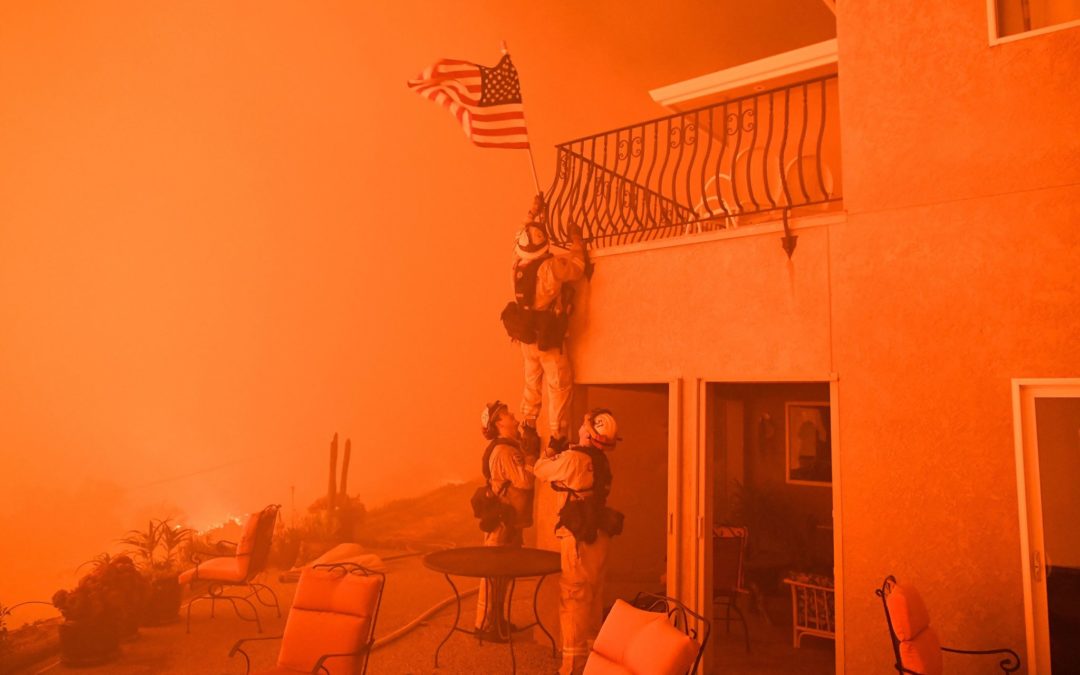SOURCE: The New York Times
DATE: September 18, 2017
SNIP: In the 1970s, the experts made a best guess about how sensitive the Earth would be to greenhouse gases, and as evidence accumulates, that early estimate is holding up pretty well. Forecasts from the 1980s and 1990s about the rate of warming have proven fairly accurate, too, give or take 20 percent.
In fact, to the degree our scientists have made a systematic error, it has been to understate how quickly things would unravel.
The sea ice in the Arctic is collapsing in front of our eyes. Even more ominously, land ice is melting at an accelerating pace, threatening a future rise of the sea even faster than that of today.
Huge forest die-offs are beginning, even as the remaining forests work overtime to suck up some of the carbon pollution that humans are pumping out. We are already seeing heat waves surpassing 120 degrees Fahrenheit, sooner than many experts thought likely.
Every time some politician stands up and claims that climate science is rife with uncertainties, a more honest person would add that those uncertainties could just as easily go against us as in our favor.
The truth is that the single biggest uncertainty in climate science has nothing to do with the physics of the atmosphere, or the stability of the ice, or anything like that. The great uncertainty is, and has always been, how much carbon pollution humans are going to choose to pump into the air.

